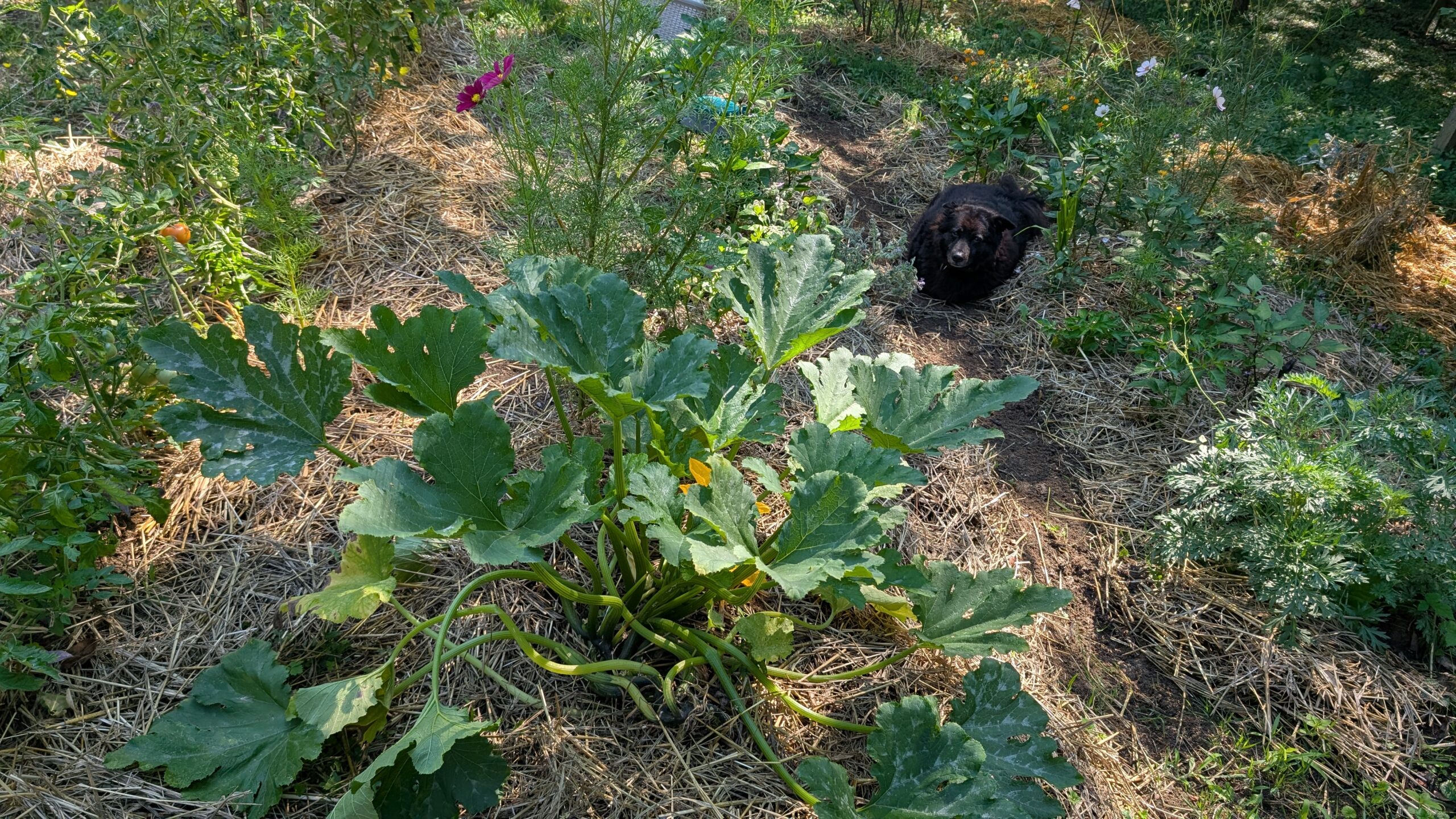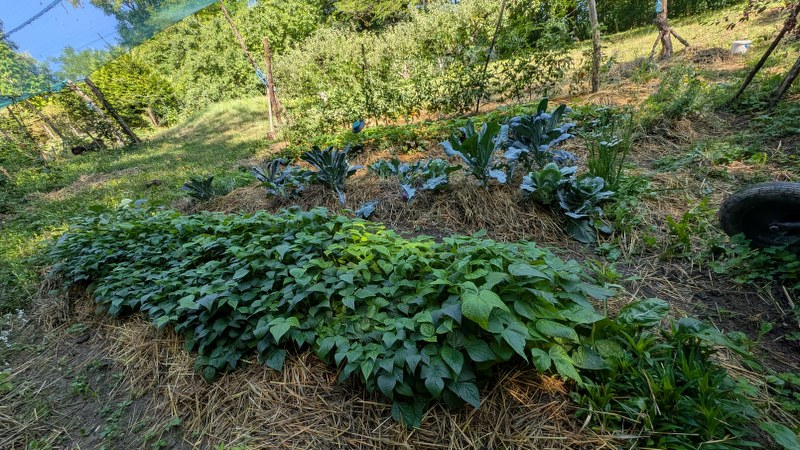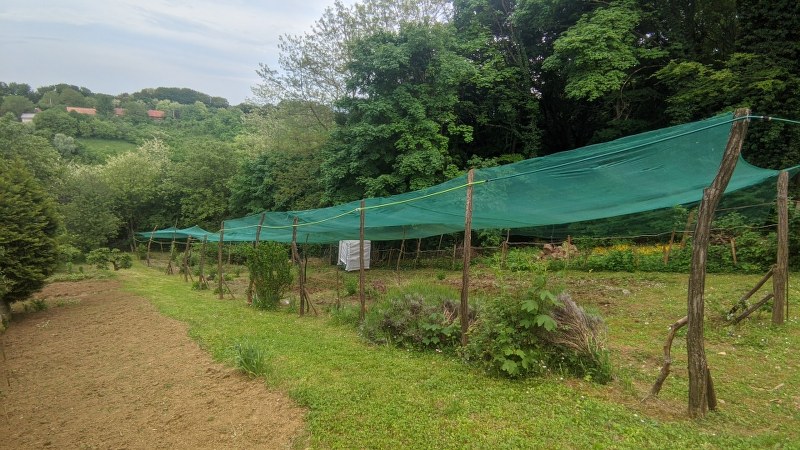Sarma – the Manna meal of the Balkans, is a dish that every single person in Balkans eats at least once a year. Usually, this meal is prepared around New year’s, but in many houses, it’s eaten throughout the winter. There are many slight differences to the recipe, but in 90% of homes in the Balkans, Sarma is cooked minced meat and rice rolled in sauerkraut leaves.
Although the word “Sarma” originated from a Turkish work meaning wrapped, and it is mostly made with grapevine leaves wrapped around the meat, Balkans gave it an extra touch and started making rolls with fermented cabbage leaves. Many different combinations are used, some use grapevine, kale, chard, some even use collard, but when you say “Sarma” in the Balkans, it’s expected to be sauerkraut.
Sauerkraut is very popular in the Balkan countries, we eat a lot of it, and cabbage is sown and harvested especially for this use. We even have special varieties for finely cut sauerkraut and different varieties for sauerkraut heads. Many homes make homemade sauerkraut in big barrels, which are stored in cold basements and eaten through the winter.
Sauerkraut is made with just cabbages, salt, laurel, and peppercorn. Cabbages are finely sliced, salted, stuffed in the jars or barrels, and pressed down until the cabbages start letting out the juice. Some even walk in the barrel until the cabbages release so much juice that their feet are covered in cabbage juice. Then another layer of cabbages is added together with peppercorn and laurel, and the process is repeated until the barrel is full. There is a slight difference when making whole cabbage heads, in this case, the middle of the cabbage is removed and stuffed with salt to make the leaves let out water. The barrels are then covered with big stones or other pressing materials and left in the basement to ferment. After a month or two(depending on the temperature) sauerkraut is ready.
Most houses don’t make sauerkraut this way anymore since we can buy it anytime we need it. As I mentioned before, sauerkraut is very popular here, and every single grocery store sells sauerkraut the whole year-round. We can buy vacuumed sauerkraut, vacuumed heads, and even vacuumed sarma mixes which contain leaves for making sarma and a handful of finely sliced cabbages.
Sauerkraut can be eaten raw, as a salad with some added oil, stewed, fried, or cooked. It has a specific sour and salty taste but is also sweet. The smell of sauerkraut is a typical smell of fermentation. It has a strong smell which the Balkans adore. I pack sarma for my hubby’s work lunch, and as soon as he starts to heat it in the microwave, the whole working crew starts asking who’s eating sarma and starts planning when they’ll make it at home.
Sarma is never made for just one meal. Nobody cooks 2 or 3 rolls for one lunch. Sarma is always cooked in big pots and made to eat for days. It actually tastes even better the second day.
Last time I made sarma for New year, and this week when I asked my hubby what he would like to eat on Sunday the answer was the same: Sarma.
So yesterday I started making sarma. I always make it the day before and cook it the next day. Mainly because the ingredients need to cool down before making the rolls, and if I did this in the morning, the lunch would be served around midnight. We’re used to eating lunch very early, we skip breakfast and eat around noon, so I need my sarma to be cooked before 11am.
There are many differences in Sarma recipes, some stuff the rolls with raw meat and grains, others fry the meat and add raw rice later and some, like me, cook the meat and rice before stuffing the caggabe leaves.
The method of filling will actually determine the length of sarma cooking and the taste of the cabbage rolls. Personally, I don’t like it when the cabbage leaves are overcooked. If the rolls are filled with fresh meat, then the rolls need to be cooked for a long time, and that makes the cabbages very tender. I prefer to cook the meat before, stuff the leaves and then cook the whole sarma for an hour. This way sarma cabbage is still a bit crispy, but still full of flavor.
When making sarma I fry the mixed minced meat. Any meat is good, some use beef, others use pork, I use mixed meat. Mixed meat has more fat in it and there are no chances of getting a dry, hard lump inside the roll. Also, some cook with sarma a piece of smoked dry meat, like ribs, pig feet, or any piece of smoked meat. I don’t do this. Sarma can be hard on the stomach, it already contains meat and I don’t really see the need for smoked meat inside. It does make it taste a bit better, but it also makes the dish more fatty and hard.
Recipe (for around 15 sarma rolls):
- 850gr(1.87lb) of minced meat
- 1 sauerkrauf cabbage head or 1 sauerkraut Sarma mix
- 1 onion
- flour
- oil
- 1 cup of rice
- seasoning
- 2 eggs
- dried meat
I always start by frying the meat almost all the way, right before finishing the meat I add diced onions and rice which are also fried. When the meat is almost ready to eat, I remove the pot from the heat and leave it to completely cool down.
Once the meat mix is completely cold I add seasoning and stir the mixture until it is fully mixed. I use salt, pepper, garlic, and red paprika, but any spice is ok. The only thing that has to be mentioned is that the taste of the meat must be overly seasoned, everything must be over the top, except for the salt. Once the sarma cooks, the seasoning will be released to the cabbages. The soup and the meat will be bland if there aren’t lots of spices inside. After mixing the spices, it is time to add 2 raw eggs and mix again until the mixture is completely even.
Filling the rolls is fairly easy once you get a grip. Before, I used to need an hour to roll 30 sarmas, but now I can roll them in just a couple of minutes. Sarma rolling can be tricky if the cabbage leaves aren’t tender and easy to roll, if the leaves are too crispy, the leaves will tear when you try to roll them. This is why we have special cabbage varieties with tender, thin leaves that can be rolled without a problem.
The rolling method I use is to place the leaf on top of my palm, add a spoonful of meat mixture, and flip the right side over the middle of the roll. Then I roll the meat inside the roll and finish with stuffing the left side inside the roll hole. This way the roll will not open during the cooking process, and the rolls don’t need any kind of support.
The rolls are placed on top of some finely sliced sauerkraut in circles, once the one level is filled the process is repeated until the pot is full. I always leave at least 2 fingers of empty pot space. Sarma expands while cooking, and if there’s no room to expand, it will start pouring out of the pot. Any extra leaves can be rolled empty and placed on top, or sliced and spread over the rolls. The same thing can be done with extra meat, which can also be spread on top of the sarma. There are no leftovers in sarma, everything is used.
Once the rolls are done I leave the pot in the refrigerator or the balcony overnight. The only good thing about winter and constant frost is that you can leave sarma outside to chill and it won’t spoil.
The next morning I start with making browned flour. I fry some flour on oil and add a teaspoon of red paprika. I never turn the flour completely brown, just a brownish color, and then I add water to the pot. Again spices can be added to the bowl to make the soup taste better. I add only black pepper. Browned four is again something every house makes differently. Some cook sarma in water and add browned flour in the end, but I prefer to make light brown flour and cook it with the sarma from the beginning.
The flour and water mixture is then poured over the sarma, and I proceed to cook sarma. I always make extra water mixture and add it to the sarma as it cooks. My hubby loves the sarma soup, so I make lots of it, but it can be also cooked only with a small amount of water.
As I mentioned before, sarma cooking depends on the method the meat was prepared before the rolls were made. If the meat is raw, the sarma will need to cook 2-3 hours, if the meat is cooked and rice is raw the sarma will cook until the rice is cooked, and if it’s done the way I do it, with almost ready ingredients, sarma is cooked until the egg in the sarma is cooked. This is around an hour after it starts boiling.
Sarma is best cooked on low heat. If cooked on high heat, the soup will start spurting out. When cooked on low heat, you can make a small hole in the middle, like making a little sarma pool, where the soup will boil, but it won’t make a mess all over the kitchen.
Sarma is never stirred. The way to “stir” the sarma is to slowly shake the pot left-right. On a gas stove that can be a bit tricky, and the pot will need to be lifted off the stove and shaken, but on ceramic stoves or electric ranges, this can be done very easily.
Once the sarma is cooked it will stay warm for a very long time, so it can be cooked early and eaten later.
This time I made sarma for Sunday lunch, but we’ll probably eat it as dinner as well(we love our sarma), and for tomorrow’s lunch, we’ll again have sarma. The rest of the cooked sarma I’ll freeze in containers and take out when I need a quick lunch. Sarma can be reheated without any problems, also it can be taken out of the freezer and cooked again with a bit of freshly added water. It will taste as if it was freshly cooked.
The only problem with sarma is that once you start eating it, you can never stop.

















Leave a Reply